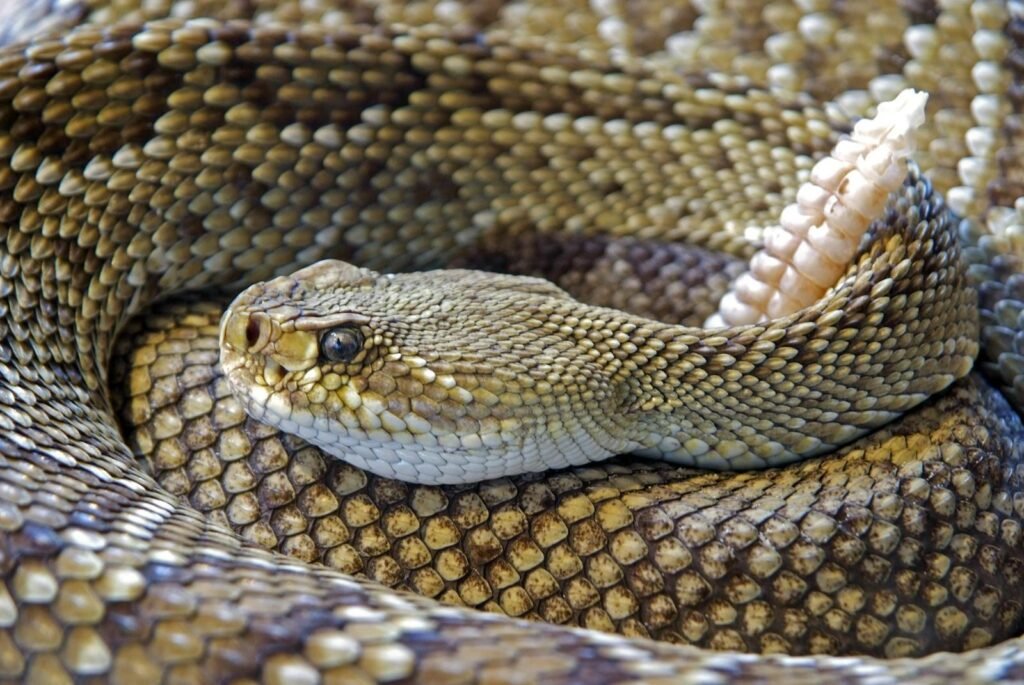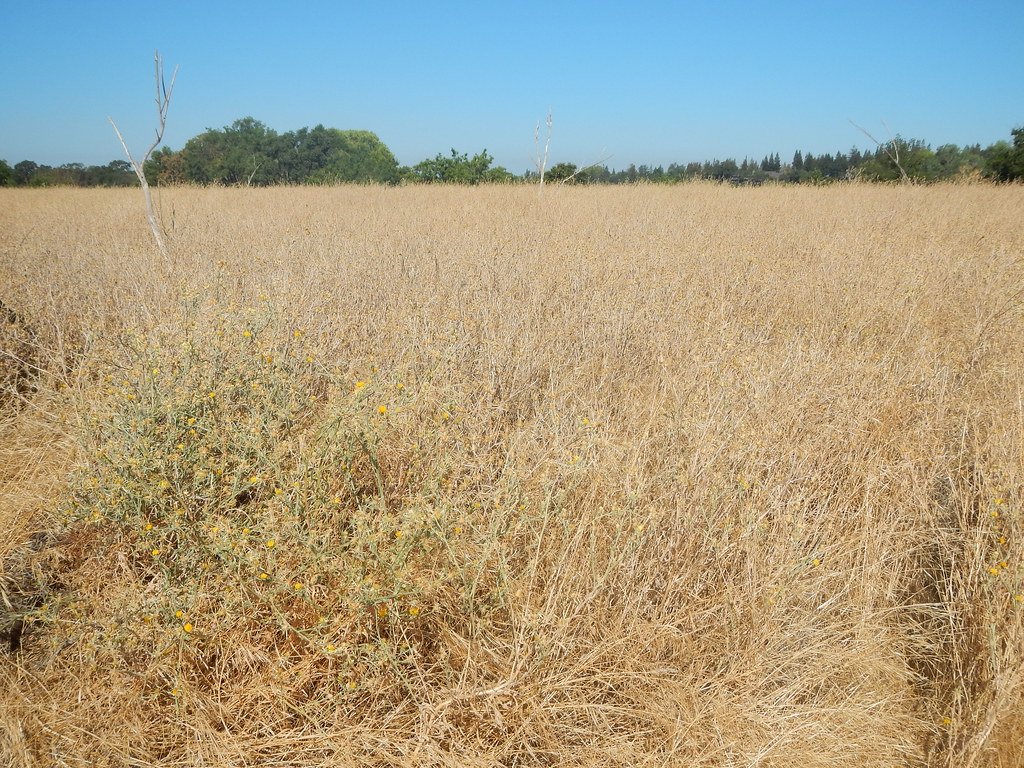In the split second after a spitting cobra flares its hood, a glittering cone of venom hangs in the air – then finds eyes with unnerving precision. For years, herpetologists and field medics have wondered how a snake barely the width of a wrist can launch a defensive strike that accurate from roughly two meters away. The answer blends anatomy, physics, and behavior into a tidy, formidable package. Today, high-speed cameras, micro-CT scans, and careful field observations are pulling back the curtain, revealing a system that seems engineered for one goal: stop a large, face-forward threat before it gets close. That revelation matters for conservation, for human safety, and for a deeper understanding of how evolution can solve a problem three different times – independently.
The Hidden Clues

Watch a spitting cobra in slow motion and a detail jumps out: the head doesn’t sit still. It trembles in a controlled micro-shiver as the venom leaves the fangs, spreading droplets into a wider, face-filling pattern. That jitter isn’t panic – it’s targeting, a built-in spray painter that increases the odds of hitting the eyes. I remember seeing my first high-speed clip in a herpetology lab and feeling a jolt of respect; the spray seemed to bloom like a tiny storm cloud.
Another clue is the posture. The snake raises and anchors its forebody, flares the hood to appear larger, and aligns the fangs as if sighting down an invisible line. The result is a quick, decisive burst lasting only a blink, yet it carries a signature: a tight core that tapers to a misted edge. Together, those clues point to a design optimized not for killing, but for buying distance.
From Ancient Tools to Modern Science
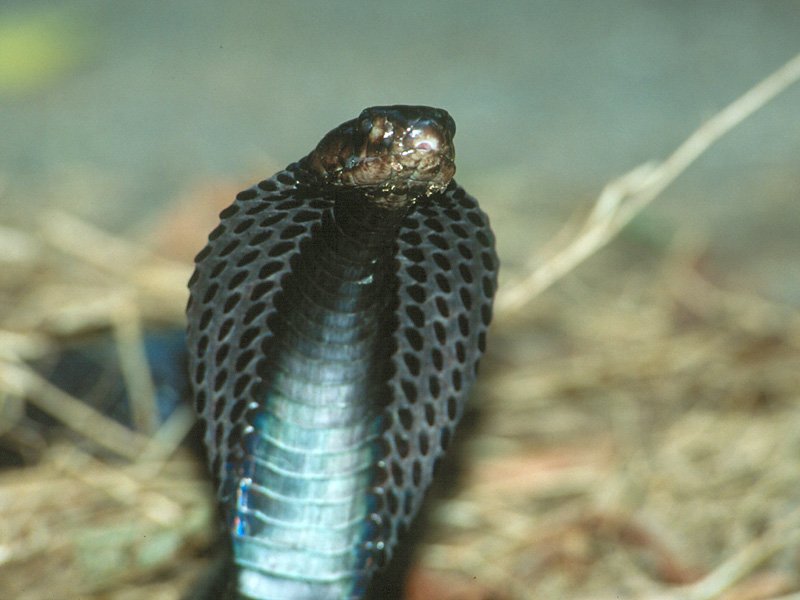
Early accounts from farmers and forest guards read like folklore – snakes “spitting fire” or “throwing poison.” Modern tools cut through the myth. Micro-CT imaging shows fang openings that face forward rather than downward, while muscle studies reveal how pressure builds in the venom glands to propel a jet rather than a drip. High-speed video confirms what the eye can’t see: a burst that starts as a focused stream and fragments into droplets exactly when it needs to spread.
Genetic and anatomical comparisons add a twist: spitting evolved independently in multiple cobra lineages across Africa and Asia. Convergent evolution did the heavy lifting, repeatedly favoring forward-facing fang orifices and pain-forward venom chemistry. It’s a reminder that when large, eye-level threats loom, nature can arrive at the same engineering solution more than once. The past, it turns out, keeps reinventing the same answer.
Anatomy of a Perfect Spray
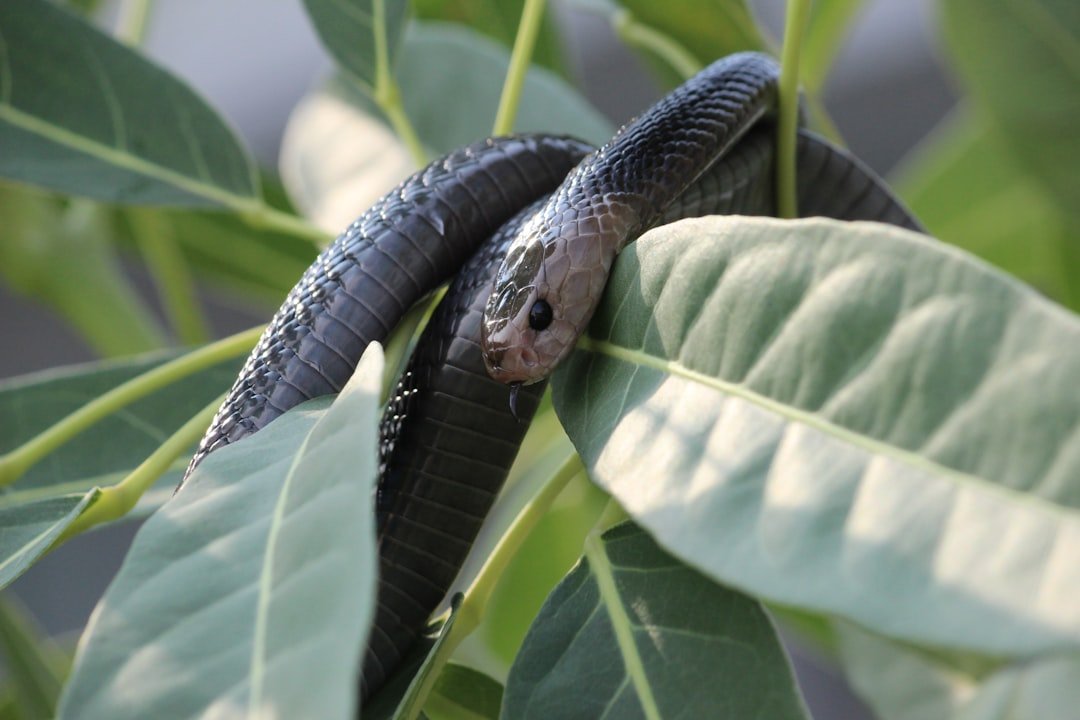
Spitting cobras modify the same basic venom system shared by other elapids. The key differences sit at the business end: the fang orifice is smaller and oriented toward the front, shaping the venom into a narrow jet. Muscles around the venom gland contract like a tiny pump, creating pressure that launches the fluid. That forward-facing orifice behaves like a nozzle, setting up the jet for both speed and break-up.
Inside the mouth, subtle stabilizers help align the flow path, while the hooded stance keeps the head steady enough to aim. Add the rapid head oscillation and the jet becomes a spray pattern wide enough to flood the face. None of these parts alone would deliver such accuracy, but together they work like a handheld sprayer tuned for a very specific target. The “perfect spray” is a symphony of small tweaks.
Physics in a Blink
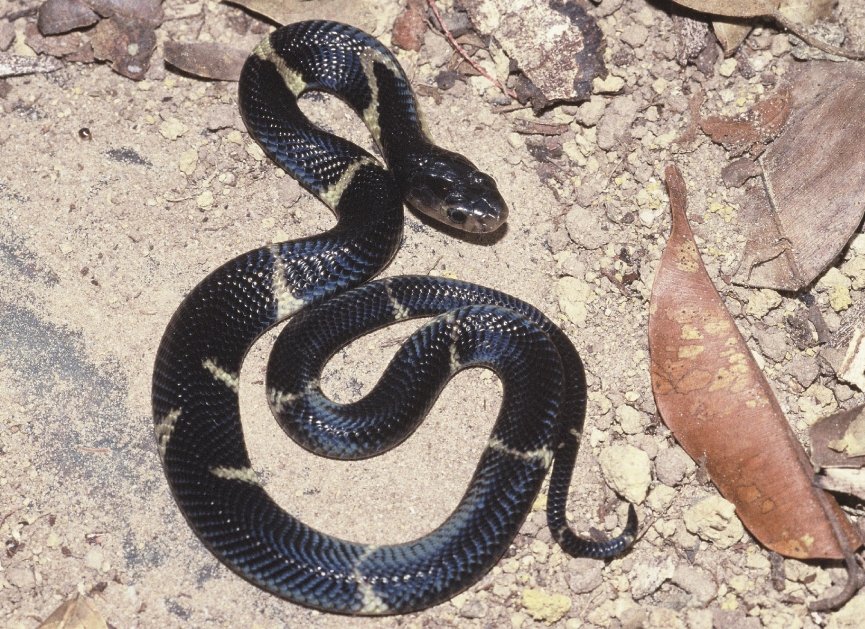
The venom’s journey follows classic fluid dynamics but on a timescale that makes it feel like magic. A pressurized jet exits the fang, traveling fast enough to stay coherent for the first fraction of a meter. Then surface tension and air resistance start sculpting it into droplets – big ones that fly true and fine mist that enlarges the strike zone. A two-meter reach comes from that balance: keep the core intact for range, let the edges feather out to catch the eyes.
Even the head shiver has physics baked in. By slightly sweeping the nozzle, the snake increases the area covered without diluting the dose too early. Engineers would call it a smart trade-off between accuracy and coverage. The snake just calls it survival.
Targeting the Eyes
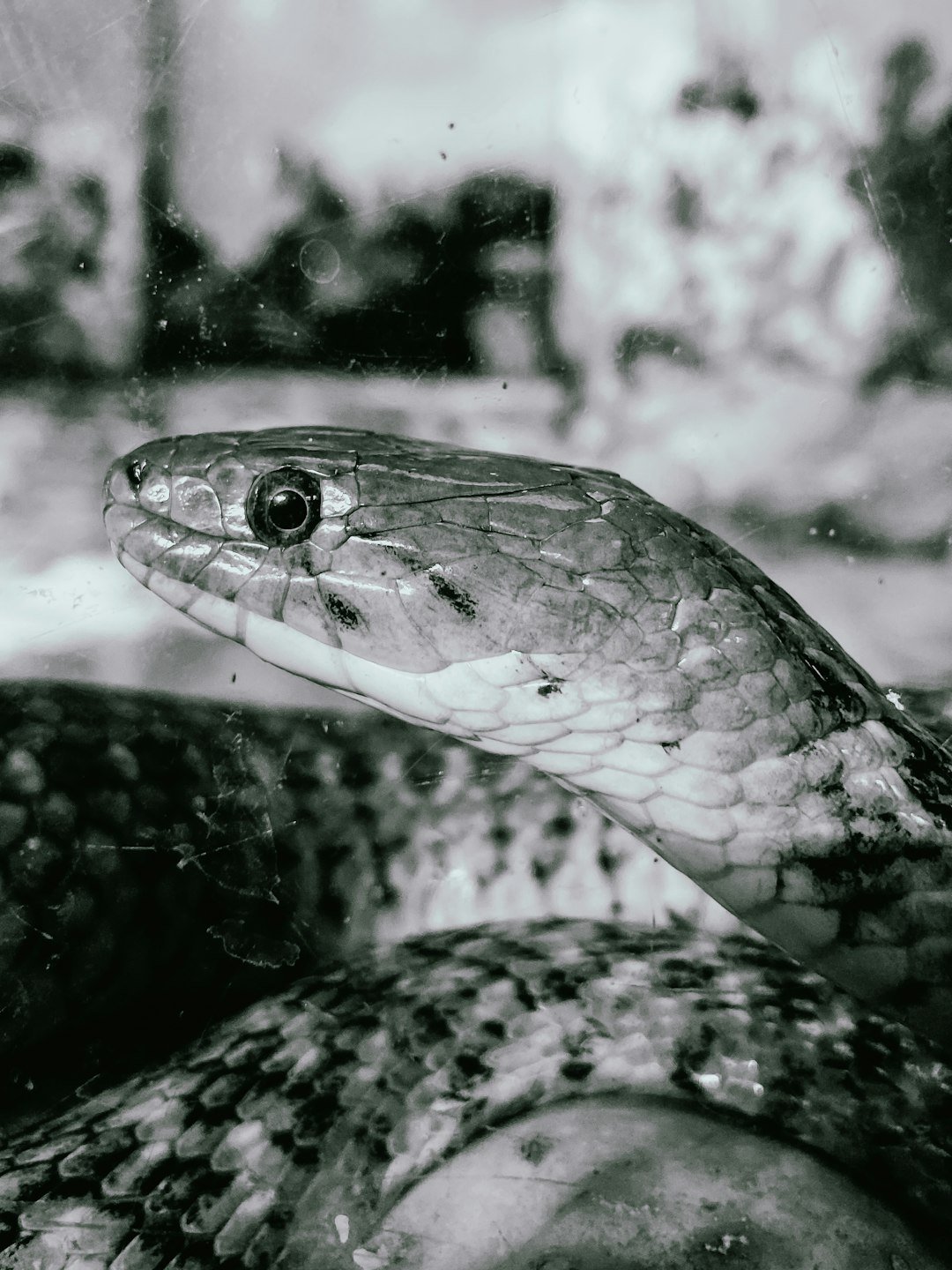
Spitting cobras aren’t trying to inject; they are trying to overwhelm the most vulnerable surface on a predator’s face. The eyes are large, exposed, and packed with pain receptors, and ocular exposure to venom can trigger intense burning, tearing, and short-term vision loss. In severe cases without prompt rinsing, corneal damage can follow. That’s not an accident – studies of venom composition show ingredients that amplify pain on contact.
How do they aim? Visual cues likely matter more than we once thought. The expanded hood presents a stable base, and the snake aligns its fangs toward the high-contrast features of a face. The short, rapid spray burst and the head tremor widen the probability of a hit. It’s all defensive, all about making a big animal hesitate.
Why It Matters
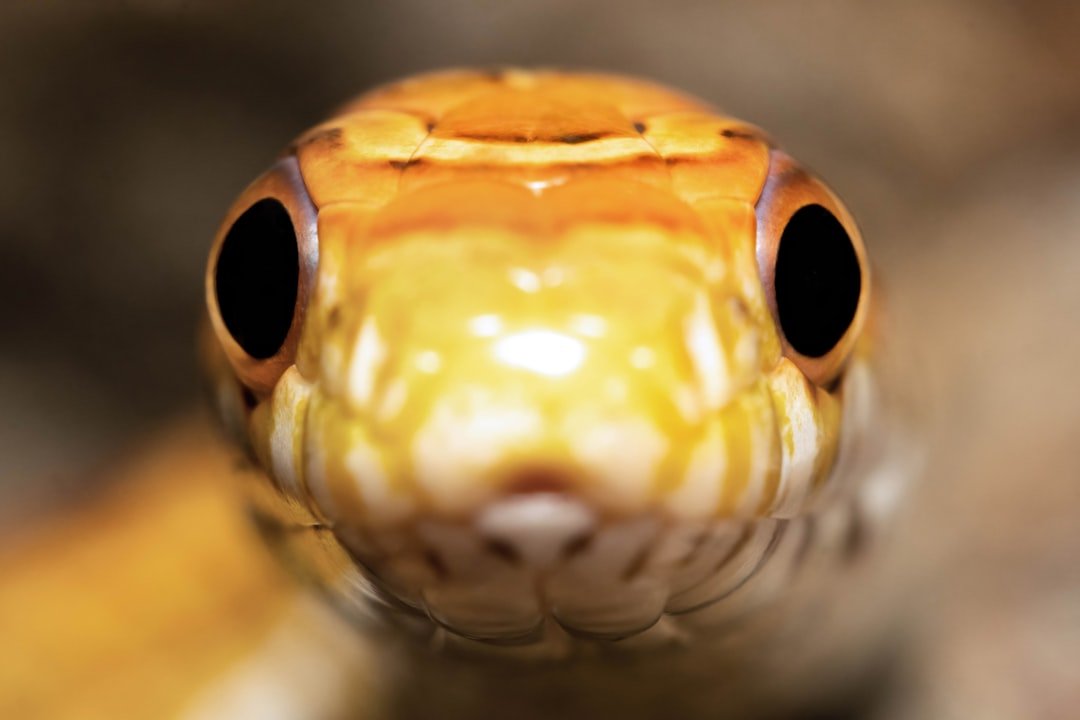
Ocular envenomation is a medical problem that’s small in map space but large in personal impact. Rural fieldworkers, herders, and wildlife officers are the ones who meet spitting cobras at eye level, often without protective eyewear. Traditional advice – look away, back off slowly – still helps, but modern knowledge adds real upgrades: rinse eyes immediately with clean water for many minutes, avoid rubbing, and get medical evaluation. Antivenom is typically used for systemic bites, while eye exposures are managed with aggressive irrigation and supportive care.
Beyond safety, the science scales outward. Pain-forward venom chemistry and fine-tuned fluid jets are a living blueprint for non-lethal deterrents and next-gen sprayers. Compared with older assumptions that snakes “just spit,” the new picture is specific and testable, tying behavior to anatomy and physics. That shift – from myth to mechanism – sharpens public health guidance and deepens respect for an animal too often flattened into caricature.
Global Perspectives
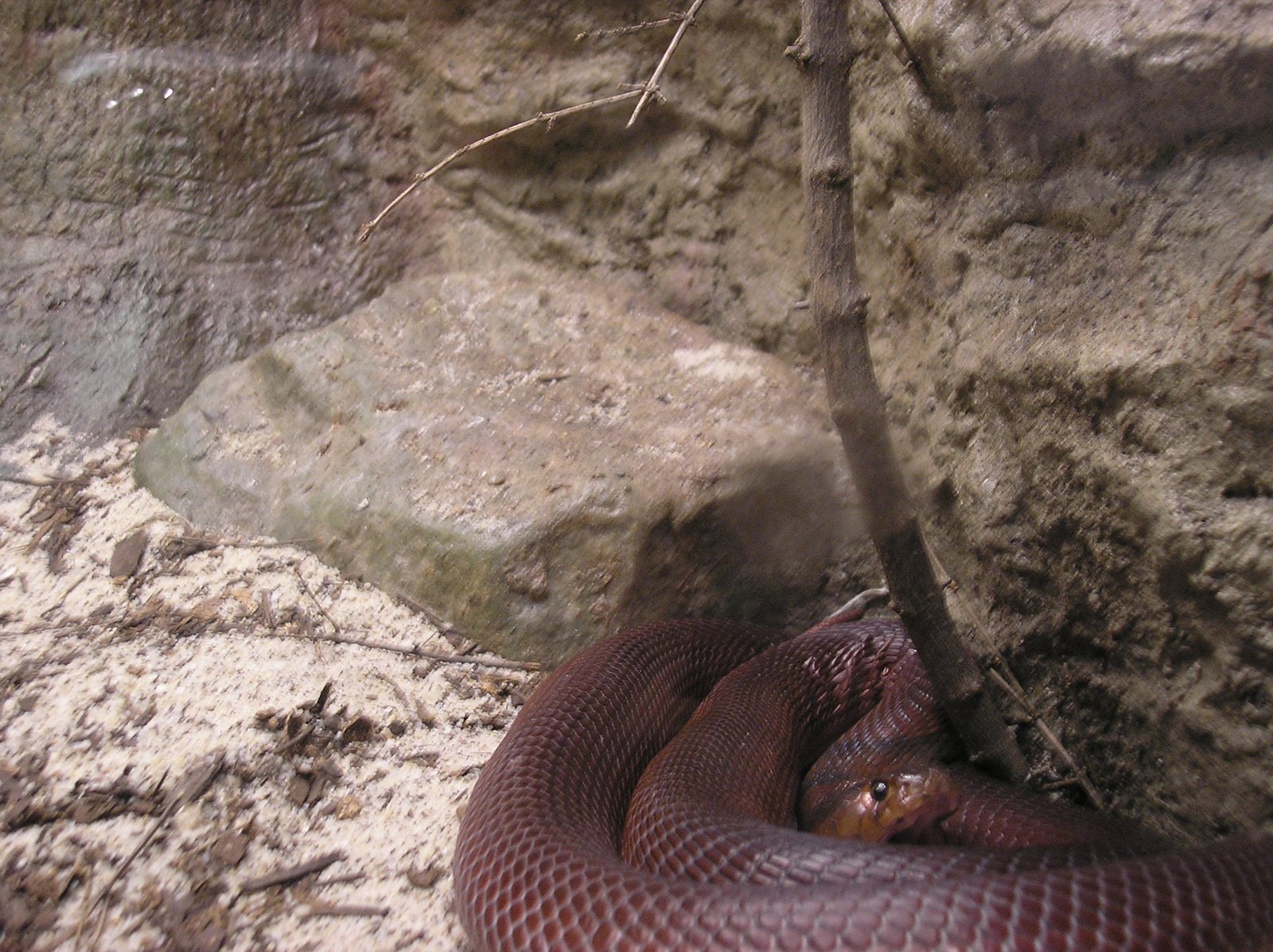
Spitting cobras span parts of sub-Saharan Africa and Southeast Asia, and local realities shape the risk. In farming regions, encounters cluster at the edges of fields and storage huts where rodents draw snakes and people move at dawn or dusk. Protective glasses are common in labs and among professional handlers, but in many rural settings they’re rare. The gap between what we know and what people can access remains wide.
Conservation threads through the story as well. Habitat loss and persecution put pressure on cobra populations, even as the same snakes help control rodents. Education that pairs clear-eyed safety advice with respect for ecological roles changes outcomes on both sides. When people understand the spray, they move differently around these animals – and fewer snakes pay with their lives.
The Future Landscape
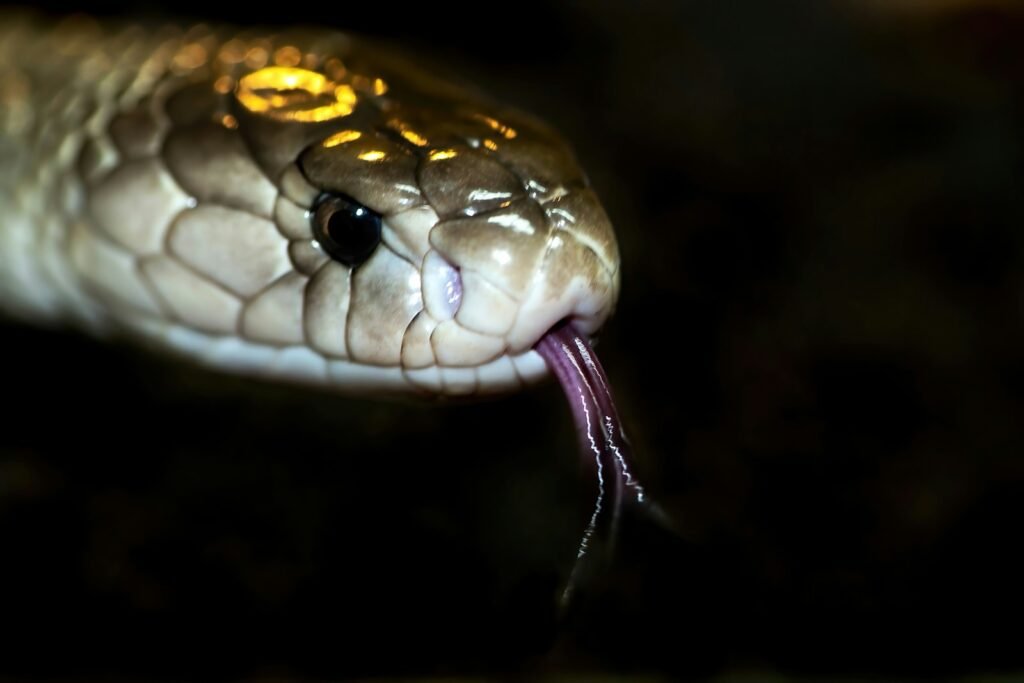
On the research front, higher-resolution micro-CT and ultra–high-speed videography will refine our maps of fang geometry and jet break-up. Biochemists are probing how pain-enhancing venom components act on eye tissue, with an eye toward better first-aid rinses. Robotic nozzles inspired by fang orifices could deliver consistent, targeted sprays for agriculture or medicine without oversaturating the target. The transfer from snake fang to smart sprayer is closer than it sounds.
Field tech is changing the playbook too. Lightweight cameras and AI-assisted pattern analysis can log real-world spray events without stressing animals. That data will test lab findings against messy reality – wind, dust, moving targets. As the picture sharpens, public health guidance becomes more precise, and protective gear gets more practical for the people who need it most.
Call to Action
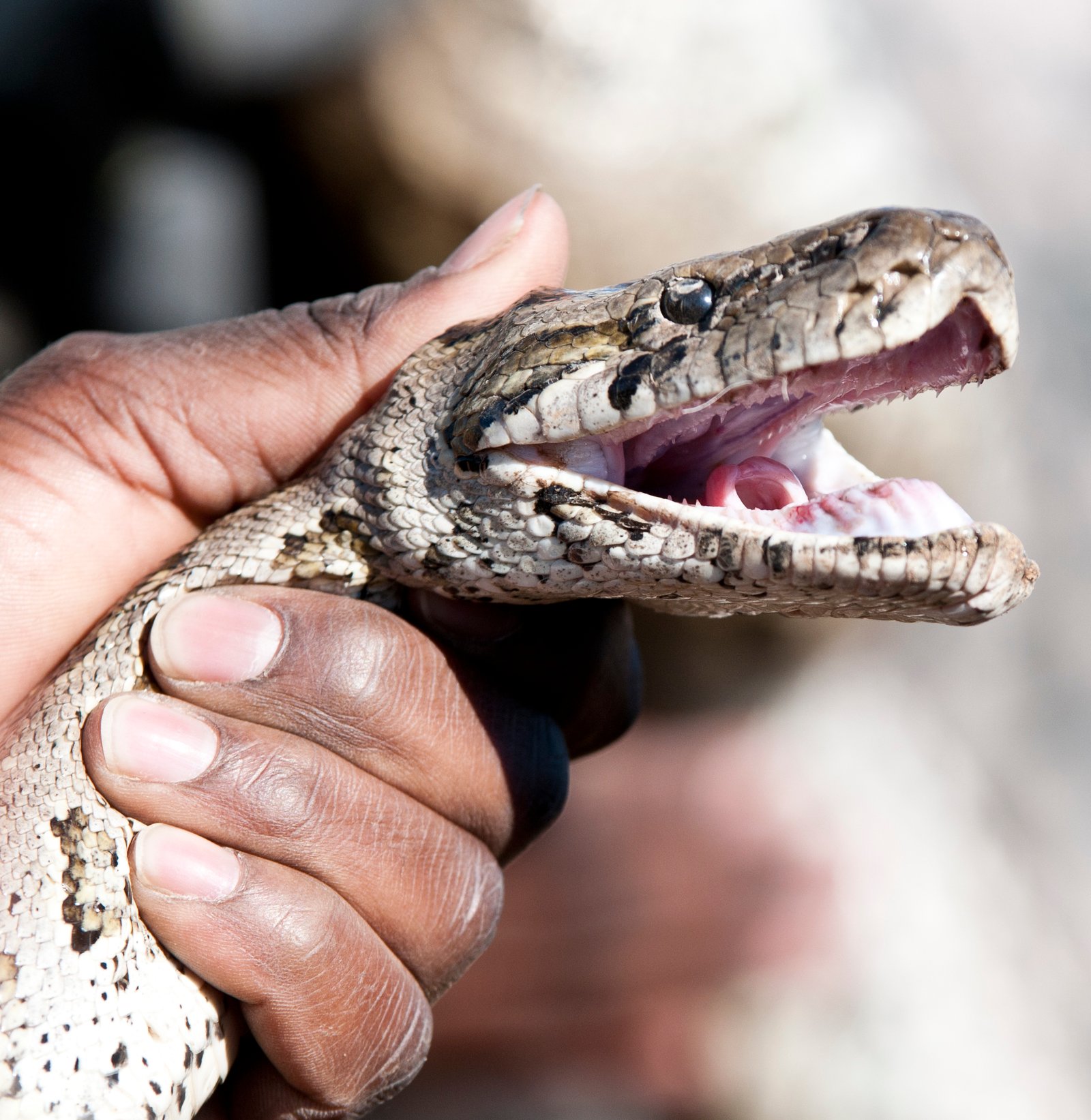
If you live or work in cobra country, stash simple, sealed eye-rinse bottles with your first-aid kit and keep them within reach. Practice the basics: don’t corner snakes, give them a path to escape, and wear clear safety glasses when clearing brush or handling stored grain. Support local clinics and conservation groups that pair snakebite training with habitat protection, because fewer panicked encounters help both people and wildlife. If you teach or guide outdoors, fold this science into your safety brief so more people know to rinse, not rub, and to seek care quickly.
For the rest of us, stay curious. Share the story of how anatomy and physics power that two-meter spray, and push for research that turns insight into better tools. Respect for the animal and respect for the data go hand in hand. Understanding, not fear, is the best shield we’ve got.

Suhail Ahmed is a passionate digital professional and nature enthusiast with over 8 years of experience in content strategy, SEO, web development, and digital operations. Alongside his freelance journey, Suhail actively contributes to nature and wildlife platforms like Discover Wildlife, where he channels his curiosity for the planet into engaging, educational storytelling.
With a strong background in managing digital ecosystems — from ecommerce stores and WordPress websites to social media and automation — Suhail merges technical precision with creative insight. His content reflects a rare balance: SEO-friendly yet deeply human, data-informed yet emotionally resonant.
Driven by a love for discovery and storytelling, Suhail believes in using digital platforms to amplify causes that matter — especially those protecting Earth’s biodiversity and inspiring sustainable living. Whether he’s managing online projects or crafting wildlife content, his goal remains the same: to inform, inspire, and leave a positive digital footprint.

